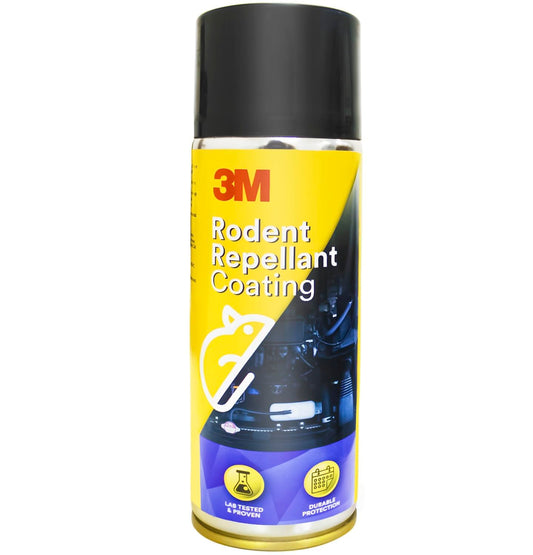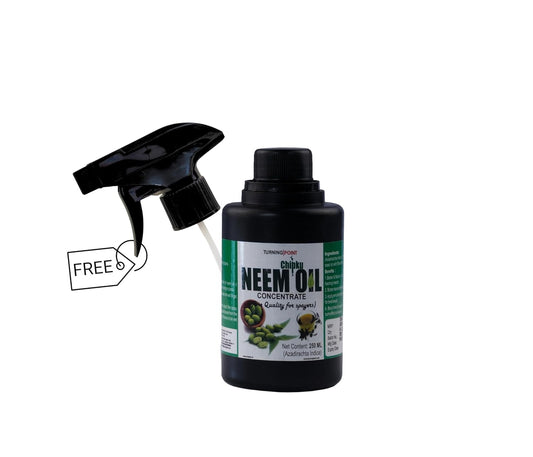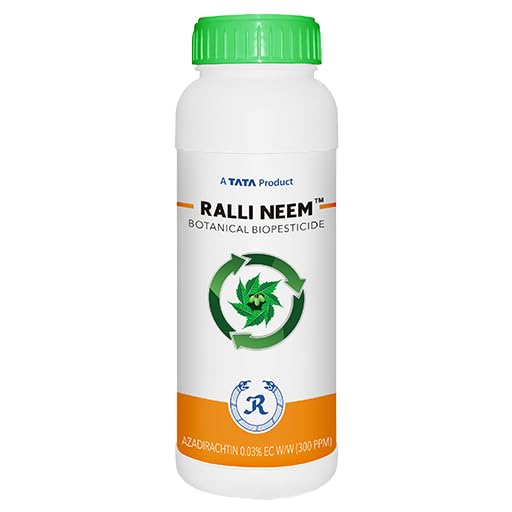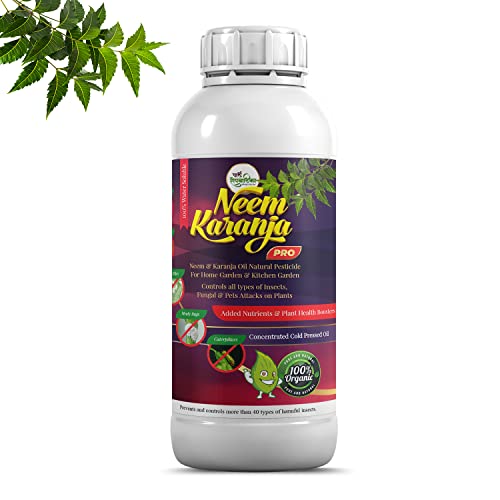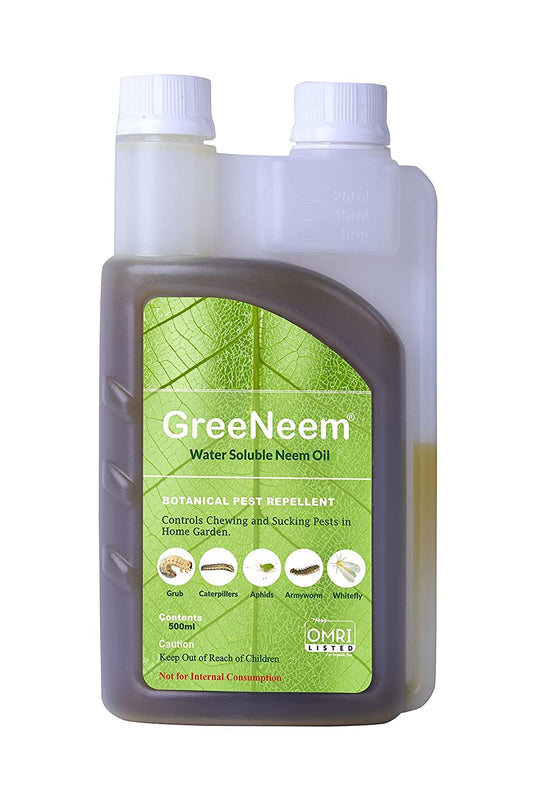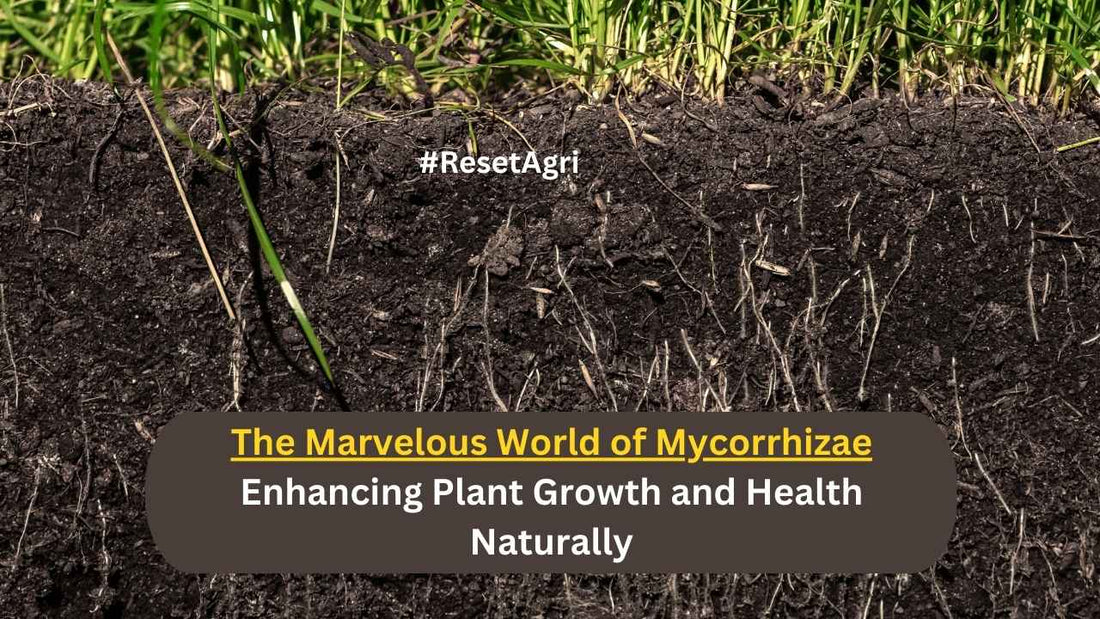
The Marvelous World of Mycorrhizae: Enhancing Plant Growth and Health Naturally
Share
Mycorrhizae, a type of fungi, play a crucial role in the health and growth of most plants by forming a symbiotic relationship with their roots. These fungi penetrate the root tissues and create an extensive network that increases the surface area of the roots, enabling the plant to absorb more water and nutrients from the soil.
There are two main types of mycorrhizae: ectomycorrhizae and endomycorrhizae, which have evolved to form unique relationships with different types of plants, resulting in a diverse range of symbiotic interactions. The former forms a sheath around the root, while the latter penetrates the root tissue.
Mycorrhizae inoculants, which contain live mycorrhizal fungi, are products that can be added to soil to enhance plant growth and health. They are typically prepared by culturing the fungi and adding spores or fragments to a carrier material, such as peat moss or vermiculite. These inoculants can be used to establish new crops or restore soil health after disturbances like construction or heavy equipment use.
The benefits of using mycorrhizae inoculants are widespread, and many different crops can benefit from their use, including vegetables, fruits, grains, and ornamental plants. However, some crops, such as brassicas and mustards, do not form symbiotic relationships with mycorrhizae and may not respond to inoculation.
To promote a successful symbiotic relationship between mycorrhizae and plant roots, farmers should ensure that their soil has a neutral pH, good soil structure, and a healthy microbial community. Soil that lacks organic matter or is compacted may not support the growth of mycorrhizae. Additionally, plant roots that produce root exudates and have a more branched and fibrous root system are more conducive to mycorrhizal colonization.
In summary, the use of mycorrhizae inoculants is a natural and effective way to enhance plant growth and health. Farmers can benefit from using them to establish new crops or restore soil health after disturbances, and a range of crops can benefit from their use. With careful attention to soil properties and plant root morphology, mycorrhizae inoculants can be a valuable addition to any farmer's toolkit.
What are mycorrhizae?
Mycorrhizae are a type of fungi that form a mutualistic relationship with the roots of most plants, helping them to absorb water and nutrients from the soil.
What is the role of mycorrhizae in the plant rhizosphere?
Mycorrhizae penetrate the root tissues and create an extended network that increases the surface area of the roots, thereby allowing the plant to access a larger volume of soil for nutrients.
What is mycorrhizae inoculant?
Mycorrhizae inoculant is a product that contains live mycorrhizal fungi that can be added to soil to improve plant growth and health.
How are mycorrhizae inoculants prepared?
Mycorrhizae inoculants are typically prepared by growing the fungi in culture, and then adding the spores or fragments to a carrier material, such as peat moss or vermiculite.
Which crops respond to mycorrhizae inoculants?
Many different crops can benefit from the use of mycorrhizae inoculants, including vegetables, fruits, grains, and ornamental plants.
What properties of soil help the symbiosis of mycorrhizae and plant roots?
Soil properties such as a neutral pH, good soil structure, and a healthy microbial community can help facilitate the symbiotic relationship between mycorrhizae and plant roots.
Which properties of plant roots have a role in mycorrhizae colonization of roots?
The production of root exudates and the morphology of the root system can affect mycorrhizal colonization. Plants with more branched and fibrous root systems are generally better able to support mycorrhizal colonization.
How and when should farmers use mycorrhizae inoculant?
Farmers should consider using mycorrhizae inoculants when establishing new crops, particularly in soils that are poor in nutrients or have been previously cropped. Inoculants can also be used to restore soil health after disturbance, such as from construction or heavy equipment use. However, mycorrhizae inoculants are not a substitute for good soil management practices, such as crop rotation and soil amendment.
What are the benefits of using mycorrhizae inoculants?
Mycorrhizae inoculants can improve plant growth and yield, increase nutrient uptake, enhance resistance to drought and disease, and promote soil health and fertility.
Are there any crops that do not form a symbiotic relationship with mycorrhizae?
Yes, some crops, such as brassicas and mustards, do not form symbiotic relationships with mycorrhizae and may not respond to inoculation.
Are mycorrhizae inoculants safe for the environment?
Yes, mycorrhizae inoculants are safe and environmentally friendly. They do not contain any harmful chemicals or genetically modified organisms (GMOs).
Can mycorrhizae inoculants be used in organic farming?
Yes, mycorrhizae inoculants can be used in organic farming as they are considered a natural and sustainable way to improve plant growth and health.
Can mycorrhizae inoculants be used in conjunction with other soil amendments?
Yes, mycorrhizae inoculants can be used in combination with other soil amendments, such as compost and organic fertilizers, to further enhance soil health and fertility.
Are mycorrhizae inoculants effective in all types of soil?
No, mycorrhizae inoculants are most effective in soils that are nutrient-poor, compacted, or have been previously cropped. In soils that are already rich in nutrients and have a healthy microbial community, the benefits of mycorrhizae inoculants may be less apparent.
Can mycorrhizae be grown in axonic (laboratory) culture?
No, mycorrhizae cannot be grown in axenic culture (culture without any other organisms) because they depend on their host plant to obtain certain nutrients and carbon compounds that they cannot produce on their own. Mycorrhizae have a mutualistic relationship with their host plants, meaning that they exchange nutrients and carbon compounds with each other in a symbiotic relationship. The mycorrhizae provide the plant with nutrients such as phosphorus, while the plant provides the mycorrhizae with carbon compounds, which they use as a source of energy. This mutualistic relationship is essential for the growth and survival of both the mycorrhizae and their host plants, and cannot be replicated in axenic culture. Therefore, mycorrhizae are typically grown using plant-based culture media that allow for the development of the symbiotic relationship with the host plant.
Which plants should we choose for culturing mycorrhizae on commercial scale?
When choosing plants for culturing mycorrhizae on a commercial scale, it is important to consider several factors. First, the plant species should be compatible with the mycorrhizal fungi that are being used. Different mycorrhizal fungi have specific associations with certain plant families or species, so it is important to choose a plant that forms a symbiotic relationship with the desired mycorrhizal fungi. Second, the plant should be commercially viable and in demand, so that the mycorrhizal inoculants produced can be sold to farmers or other customers. Finally, the plant should be relatively easy to grow and maintain, and have a fast growth rate to allow for efficient production of mycorrhizal inoculants.
Some common plant species used for commercial mycorrhizal inoculant production include legumes (such as beans, peas, and soybeans), corn, wheat, rice, and grasses. These plants have been shown to form symbiotic relationships with a wide range of mycorrhizal fungi and are commonly grown in agriculture. However, the specific plant species chosen will depend on the specific mycorrhizal fungi being used and the market demand for the mycorrhizal inoculants produced.





